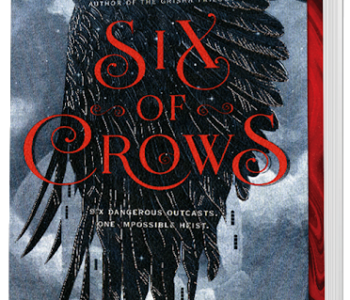 Writing Tips
Writing Tips
YA Analysis: Aurora Burning (SPOILERS)
This post is a part of a series for my blog where I break down YA novels. It’s not a review, but rather an analysis of what I liked and disliked within a YA context. This post’s analysis is about Aurora Burning by Amie Kaufman and Jay Kristoff.
Warning! Spoilers ahead for Aurora Rising/Aurora Burning!
What I liked:
- Multiple perspectives
- Why it worked: Each POV character has a unique voice and way of viewing the world. In this instalment of the series, character backstories are expanded to bring more life to them. By focusing in on certain characters in each book, each POV is afforded a chance to be shown in depth. A takeaway here is don’t cram everything about every character into the first series of a book. We need enough to understand them in the first book, but use subsequent instalments to give each character the space they deserve.
- Fast-paced plot
- Why it worked: Keeps you moving through the story and connected to the character’s emotions. The plot also does give scenes space to breathe when needed. Scenes flow seamlessly into each other to build tension.
- Worldbuilding
- Why it worked: Book two does a great job of expanding on book one without being overwhelming. Another good example of slowly adding detail through a series to create rich worldbuilding. It doesn’t (and shouldn’t) all happen in book one.
What I disliked:
- Cliff-hanger ending
- Why it didn’t work: For me, this made the book struggle to work as a standalone. A cliff-hanger ending might be used to keep readers interested in the next book, however, in the case of this series, the character development is enough to keep the reader interested. Coming into book three will mean there are lots of unresolved emotions and back-tracking required to remind the reader of where the plot is at. A cliff-hanger can also work if there is resolution provided to at least some parts of the plot, but none were offered here.
- The romantic conflict
- Why it didn’t work: It’s a trope in romance to have the couple fall out over some lie/perceived betrayal. In Aurora Burning, the main couple effectively spends six months together before a huge secret is revealed. This revelation, of course, causes the partner to turn against her lover. In the case of this narrative, after everything the couple has been through in book one and two, it doesn’t make sense that this act would cause a separation – perhaps a small break given the seriousness of the lie. But the characters know each other, they haven’t lied about their fundamental selves. In the end, it felt very contrived to act as a plot device to get character B into a new location for the finale.

